SUMMARY
This is AI generated summarization, which may have errors. For context, always refer to the full article.
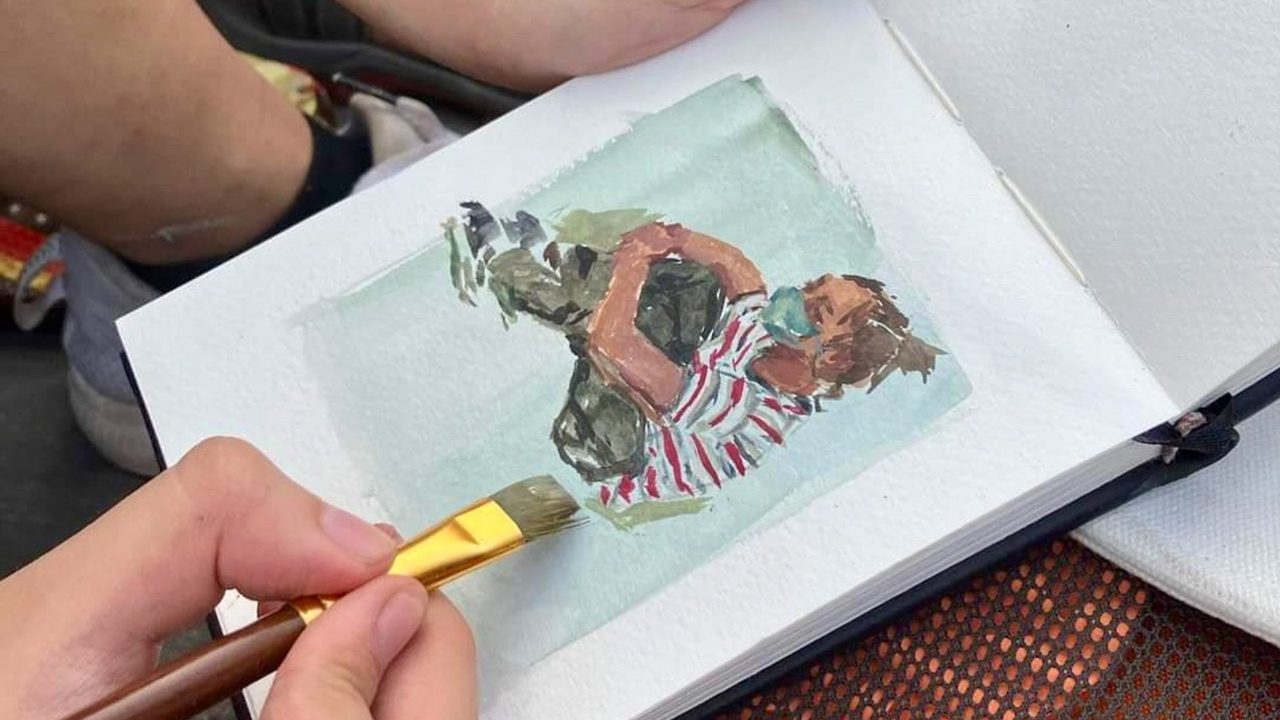
CLARK FREEPORT, Philippines – The local police almost ripped Erin Abanador’s shirt as they waded into an assembly of farmers and advocates asserting the land tillers’ right to own land on June 9 in Hacienda Tinang, Concepcion town, Tarlac.
The 21-year old volunteer for SAKA, an artist group advocating for farmers’ rights, later saw authorities interrogate her 92 arrested companions at the police station a day before the 34th anniversary of the Comprehensive Agrarian Reform Program (CARP).
“We were dehumanized,” said Erin. “One of my friends suffered an asthma attack but the cops ignored that and continued recording us as they asked questions about where we came from and what we were doing in Tarlac. When they asked me what I was doing there, I said, ‘I came to paint,’ she told Rappler in a mix of Filipino and English.
Slumped on the hot pavement of the police station parking lot, and teetering between fear and anger, Erin dug deep to find her calm.
There was only one way she could find comfort. Erin took out her brushes and paper pads.
Resilience of youth
She spotted Marcelo, an 11-year old boy whose parents were also arrested by the police. She started to paint the boy’s portrait, recalling how they shared jokes at the farm during the tilling activity.
As they started chatting, Erin winced at the memory of the boy in tears during the arrests, but marveled at how he had swiftly recovered.
“I was stunned by how chipper he seemed. He was so happy. I thought that even though we had photos, he still loved having his portrait done,” she said.
For Erin, Marcelo’s portrait was also a symbol of solidarity and the resilience of youth.

As she painted, she thought of her journey as an artist, having picked up drawing when she was six years old, and her plan to pursue Fine Arts at the University of the Philippines and also become a writer.
Erin tried to paint another portrait but got interrupted by their transfer to a prison cell.
Detention days
They were asked to fall in line, and to start counting themselves. The officer in charge told them they were lucky to be still given respect and peace.
Behind Erin’s back, her hands clenched into fists. But she managed to bark out, “Four.”
The officer in charge wondered aloud how many of them could fit inside the female detention cell that already had four other occupants, she told Rappler.
As they stepped inside the cell, some companions started crying in disbelief and indignation.
“My pride was the only thing left. I didn’t let myself cry until the very end, kasi kung umiyak ako o mag break down, I thought, panalo na sila.” (I thought that crying or breaking down would mean that they won.)
She started hugging those in tears.
“I hoped that was enough,” she sighed.
Writing on paper torn from a box of chocolate was their form of communication to friends and family waiting outside.
The heat in the cell was almost unbearable, Erin said. Some companions fainted and were brought outdoors to recover.
Erin started to draw again. But suffering from cigarette smoke, lack of food, and verbal intimidation by cops, the artist found herself punching the cell wall.
“I know we did not do anything to deserve that treatment,” she said. “We were packed like sardines, pressed together on the floor as we tried to sleep in shifts, and some had to sit the whole night.”

Erin kept herself awake the first night after hearing that their release papers would come at 8 am.
But this did not happen. She said they were asked to again sign a new affidavit on the floor, with misspelled names given as the reason. She thought this was just a tactic to delay their release.
Grappling with injustice
As she continued painting, Erin thought of the events that led to her arrest.
They had prepared a program to commemorate the signing of CARP and highlight how so many farmers remained deprived of the land they tilled. They worked on the land to show solidarity, and rolled out cultural numbers and statements of support for the 236 agrarian reform beneficiaries of the 200-hectare land at Hacienda Tinang.
Agrarian Reform Secretary Bernie Cruz, in a June 13 press conference, acknowledged that the struggle of farmers at Hacienda Tinang in Concepcion town, Tarlac spans almost three decades.
One of those arrested, writer/artist and Unyon ng mga Manggagawa sa Agrikultura (UMA) volunteer Angelo Suarez, told Rappler the police reneged on a negotiated agreement with activists to halt the bungkalan (tilling) but continue with the solidarity program.
They started arresting the assembly of farmers, advocates, journalists, and artists, and a few minors and later filed malicious mischief and illegal assembly complaints against 83 them, Erin included, who had to wait to post bail on June 12.
Even then, police tried to reject the court’s release order, said respondents’ counsel Jobert Pahilga of the National Union of People’s Lawyers.
Erin ended her three-day detention embracing other detainees. She told Rappler that even though they knew they did nothing wrong, she had to battle a sense of disgrace and dismay over finding herself in jail.
Still, she added, what won out was dignity and hope, even as she continues to grasp at why farmers keep suffering and facing oppression three decades after the signing of the historic CARP law.
Erin is now back home in Marikina with her cats, trying to paint more from memory as she awaits for the June 29 arraignment of three new cases filed against the Tinang 93. The DAR, meanwhile, has reaffirmed the Tinang farmers as the rightful owners of 200 hectares of the hacienda.
– Rappler.com
Add a comment
How does this make you feel?

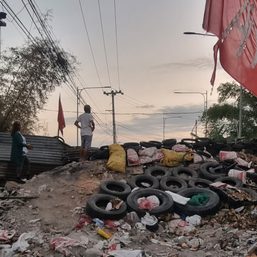

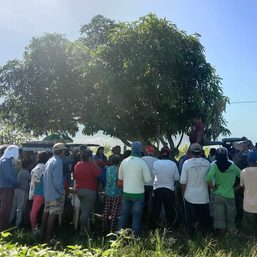





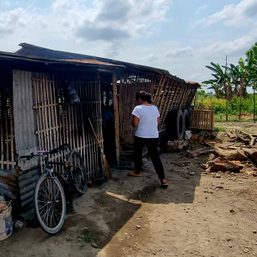
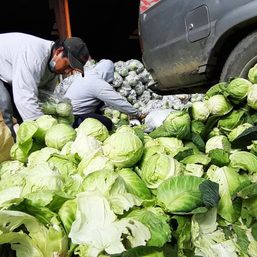
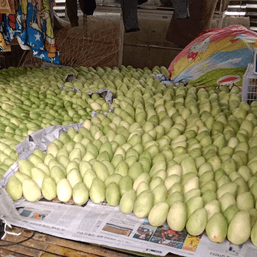
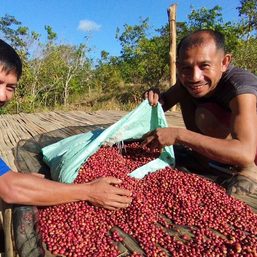
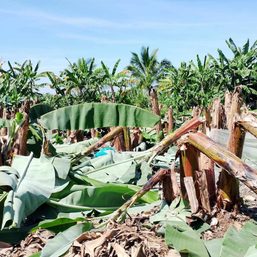

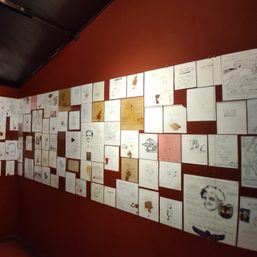

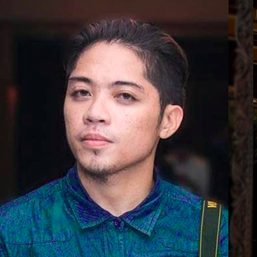



![[OPINION] An urgent appeal to amend the GCTA law](https://www.rappler.com/tachyon/2024/03/An-urgent-appeal-to-amend-the-GCTA-law.jpg?resize=257%2C257&crop_strategy=attention)

![[Under 3 Minutes] Silip sa loob ng Bilibid](https://www.rappler.com/tachyon/2024/01/title-card-ls-1.jpg?resize=257%2C257&crop=420px%2C0px%2C1080px%2C1080px)
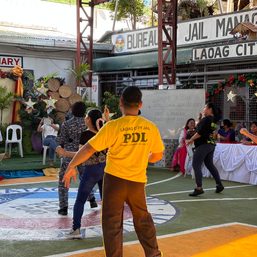
There are no comments yet. Add your comment to start the conversation.